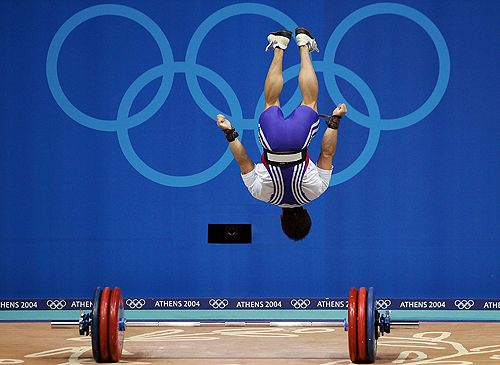Power Development Guidelines for Sport Performance
The development of speed, power, and the ability to change direction in sport requires the athlete to generate high force output levels in a short amount of time. The ability to create maximum performance in these aforementioned sport components requires power. Power is in the most basic terms strength plus speed. The ability of the strength and conditioning professional to develops these components within the kinetic chain can exponentially increase the performance parameters of the athlete in their chosen sport. Power...






















